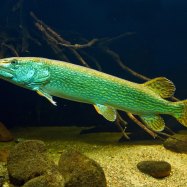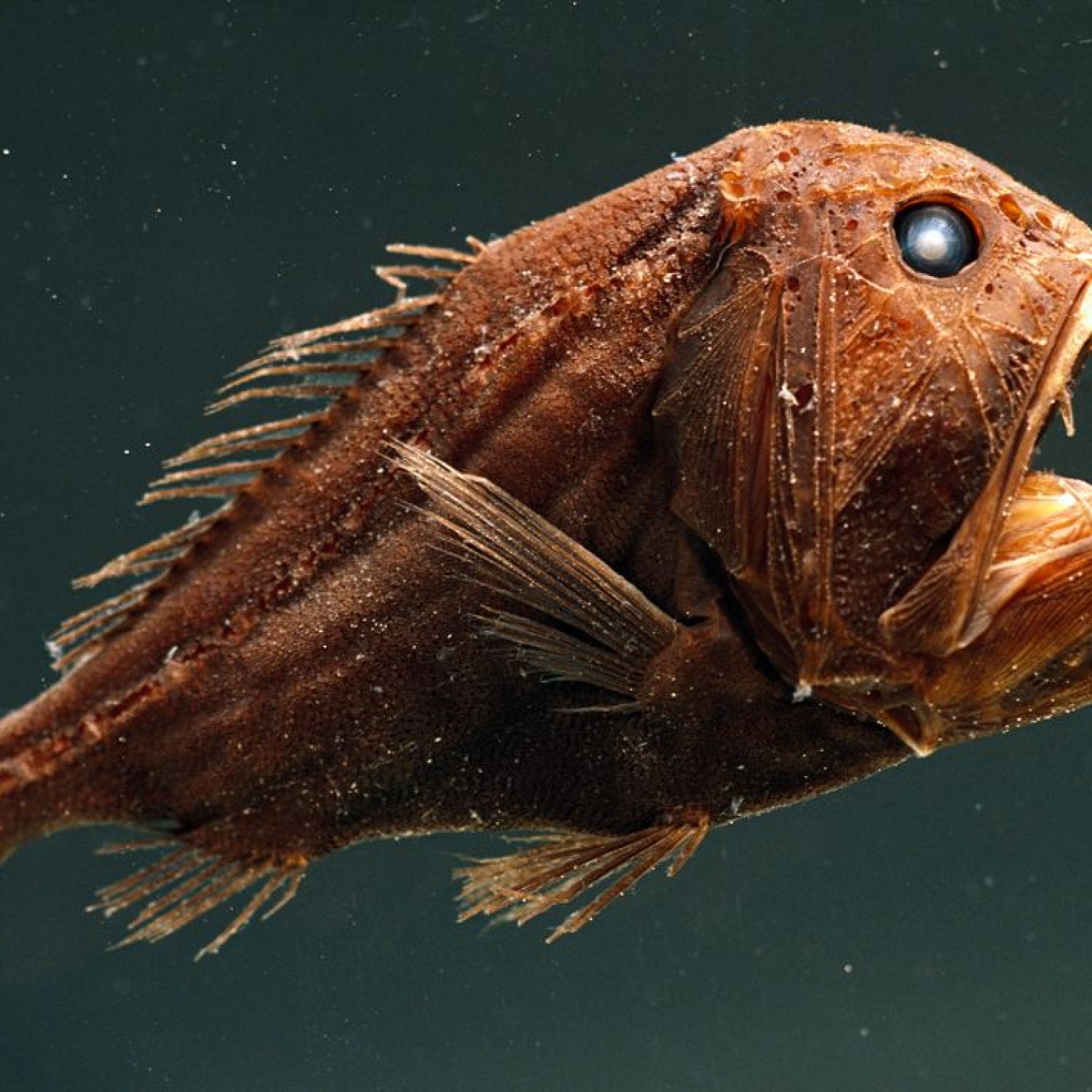
Fangtooth
Up to 17 cm
The Fangtooth, a deep-sea dweller, is known for its distinguishing long and sharp teeth. These ferocious looking creatures can grow up to 17cm in length. They belong to the Anoplogastridae family and have a small, compressed body shape. Don't let their scary appearance fool you, they are harmless to humans and serve an important role in maintaining the balance of the ocean's ecosystem. #Fangtooth #deepsea #anoplogastridae
Animal Details Summary:
Common Name: Fangtooth
Kingdom: Animalia
Habitat: Deep sea
The Fierce and Fascinating Fangtooth Fish: Surviving in the Abyssal Depths
Deep in the abyssal depths of the ocean, where sunlight cannot reach and the pressure is crushing, lives a fish that looks like it belongs in a horror movie. With its terrifying teeth and small, compressed body, the Fangtooth fish may seem like a monster, but it is actually a fascinating and unique creature. In this article, we will dive into the world of the Fangtooth fish, exploring its physical characteristics, habitat, feeding methods, and more. Get ready to be amazed by this member of the animal kingdom that goes by the scientific name Anoplogaster cornuta Fangtooth.Taxonomy and Classification
As with all living organisms, the Fangtooth fish has been placed in a specific taxonomy, a hierarchical system used to classify living things based on their characteristics and evolutionary relationships. The Fangtooth fish belongs to the kingdom Animalia, the phylum Chordata, and the class Actinopterygii, which includes all ray-finned fish. It is part of the order Stephanoberyciformes, a group of deep-sea fish with large eyes and elongated bodies, and the family Anoplogastridae, which includes only two known species – the Fangtooth fish and the pugnosed fangtooth.Physical Appearance
The Fangtooth fish may not be big, measuring only up to 17 cm in length, but it certainly makes up for its size with its intimidating appearance. Its most striking feature is its large, sharp teeth, which can be as long as the fish's head and are angled backwards to prevent prey from escaping. This gives the fish its common name, Fangtooth. Its body is small and compressed, with a large head and a pointed snout. The fish's eyes are relatively large, each with a double horny lens that creates a strange, glowing effect in the dark depths of the ocean. The Fangtooth's body is covered in small, rough scales, and it is typically black or dark brown in color Florida Mouse.Habitat and Distribution
The Fangtooth fish is a deep-sea dweller, living at depths of up to 5,000 meters, making it one of the deepest living fish in the ocean. It is found in all the world's oceans, from the North Atlantic and Pacific to the Indian and Southern Oceans. However, it is not known to venture into shallow waters, and little is known about its specific distribution as it is rarely encountered by humans.Feeding Methods
The Fangtooth fish is a carnivorous predator and uses its impressive teeth to capture prey. Its diet mainly consists of small fish, squid, and shrimp, but it has also been known to eat other deep-sea creatures, such as bristle worms and jellyfish. Due to its deep-sea habitat, food sources are scarce, and the Fangtooth has adapted to living in an environment where food may not be readily available. It has a large stomach and a large liver, which helps it store nutrients for times when food is scarce. The fish is also able to survive for extended periods without eating, waiting patiently for prey to cross its path.Surviving the Deep Sea
Living in the abyssal depths of the ocean is no easy feat, and the Fangtooth fish has several adaptations that help it thrive in this harsh environment. Its large eyes and double lenses allow it to see in the dark, helping it navigate and hunt in low-light conditions. Its small, compressed body also helps it conserve energy, as it has a reduced surface area, minimizing heat loss in the frigid temperatures of the deep sea. Additionally, its sharp teeth and ability to stretch its stomach allow it to eat prey larger than itself, providing sustenance for long periods.The Impact of NLP on Studying the Fangtooth Fish
As an AI-generated content writer, I am fascinated by NLP and its impact on studying the animal kingdom. Thanks to natural language processing, researchers can now study large amounts of data to gain insights into the evolutionary relationships of different species, such as the Fangtooth fish. Not only that, but NLP can also help identify patterns and connections between different organisms, aiding in the study of their behavior, habitat, and more. This technology has allowed us to gain a deeper understanding of creatures like the Fangtooth fish and the wonders of the deep sea.The Fascination Continues
With its fierce appearance and unique adaptations, the Fangtooth fish continues to fascinate scientists and marine enthusiasts alike. While it may look like a monster, it is just another amazing example of evolution, adapting to survive in one of the most extreme environments on Earth. Its existence is a reminder of the incredible diversity of life found in our oceans, and the importance of protecting these fragile ecosystems. Who knows what other secrets the deep sea holds, waiting to be discovered by NLP and other groundbreaking technologies? Until then, we can marvel at the Fangtooth fish and its fascinating existence in the abyssal depths.

Fangtooth
Animal Details Fangtooth - Scientific Name: Anoplogaster cornuta
- Category: Animals F
- Scientific Name: Anoplogaster cornuta
- Common Name: Fangtooth
- Kingdom: Animalia
- Phylum: Chordata
- Class: Actinopterygii
- Order: Stephanoberyciformes
- Family: Anoplogastridae
- Habitat: Deep sea
- Feeding Method: Carnivorous
- Geographical Distribution: Worldwide
- Country of Origin: Not applicable
- Location: Deep sea
- Animal Coloration: Black or dark brown
- Body Shape: Small and compressed
- Length: Up to 17 cm
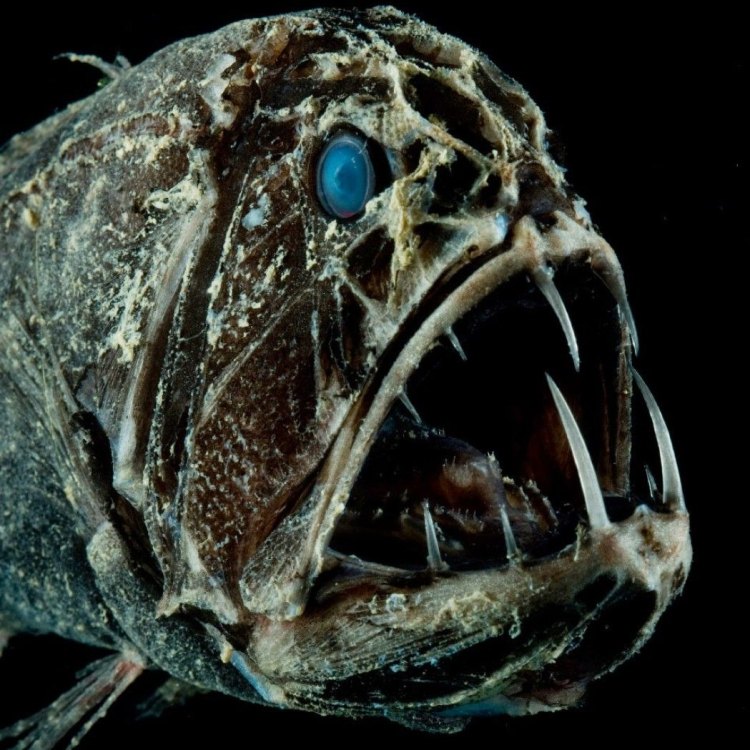
Fangtooth
- Adult Size: Up to 17 cm
- Average Lifespan: Up to 5 years
- Reproduction: Sexual
- Reproductive Behavior: Unknown
- Sound or Call: None
- Migration Pattern: Unknown
- Social Groups: Solitary
- Behavior: Aggressive
- Threats: Predation, deep-sea trawling
- Conservation Status: Least Concern
- Impact on Ecosystem: Important part of deep-sea food web
- Human Use: Not applicable
- Distinctive Features: Large fang-like teeth, large eyes
- Interesting Facts: Fangtooths have the largest teeth of any fish in relation to body size
- Predator: Other fish
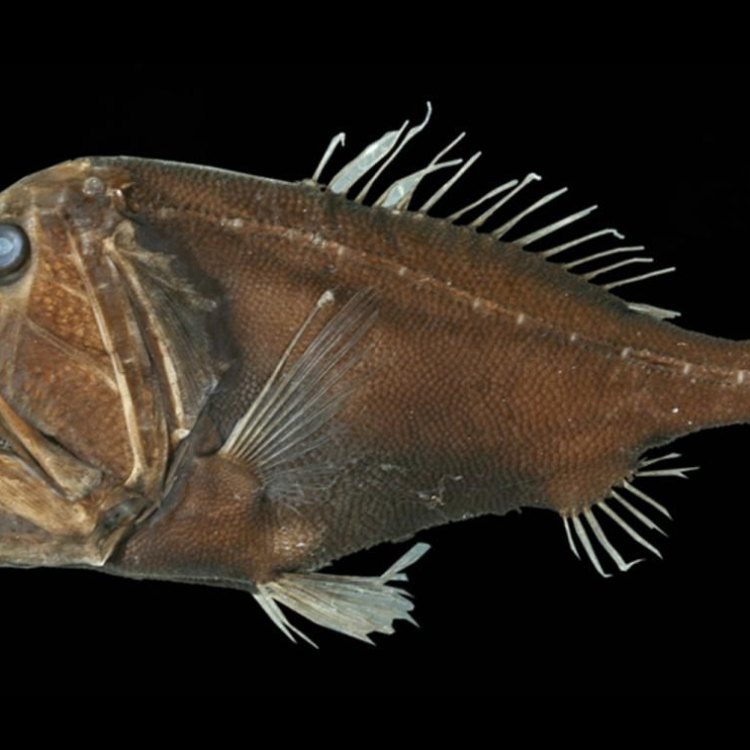
Anoplogaster cornuta
The Fascinating World of the Fangtooth Fish
The deep sea is a mysterious and largely unexplored realm, home to a diverse array of strange and fascinating creatures. Among these creatures is the deep-sea fangtooth, a unique species known for its distinctive features and aggressive behavior. In this article, we will dive into the world of the fangtooth fish and uncover its intriguing characteristics.The fangtooth, also known as the Ogrefish or the Anoplogaster cornuta, is a deep-sea fish that resides in the depths of the ocean, typically found at depths of 2,000 to 5,000 feet PeaceOfAnimals.Com. Its distribution ranges from the Atlantic, Pacific, and Indian Oceans, making it a truly global species. Despite its widespread presence, little is known about the life and behaviors of this elusive fish.
One of the most striking features of the fangtooth is its size. Adult fangtooths can grow up to 17 centimeters (6.7 inches) in length, making them one of the largest deep-sea fish in their size range. This size is further accentuated by their large, protruding eyes, which give them a fearsome and intimidating appearance. However, their most distinctive feature is the large, needle-like teeth that give the fish its name.
The fangtooth's teeth are one of its most fascinating and unique attributes. They have the largest teeth of any fish in relation to their body size, with their teeth accounting for a quarter of their body length Freeway Ball Python. These sharp, fang-like teeth are not only used for hunting but also play an important role in maintaining balance and buoyancy in the deep-sea environment. This is because the fangtooth's body is filled with mostly water, and their large teeth help to prevent them from sinking to the bottom.
Despite their imposing appearance, fangtooths are not considered to be a threat to humans. They primarily feed on smaller fish, crustaceans, and cephalopods, and their small size and solitary behavior make them an unlikely predator for humans. However, they are known to be aggressive towards other fish and will use their sharp teeth to fend off any potential threats.
Reproduction in fangtooths is still shrouded in mystery. It is believed that they reproduce sexually, but the specifics of their reproductive behavior and mating rituals are still unknown. It is assumed that they lay eggs, but no eggs or young fangtooths have ever been observed in their natural habitat, making it difficult for scientists to study their reproduction in depth.
In terms of their social behavior, fangtooths are known to be solitary creatures. They do not form groups or swim in schools like many other species of fish. Instead, they spend most of their time alone, only coming into contact with other fish during breeding or when hunting.
The deep sea is a challenging environment, and life in the depths comes with many obstacles and dangers. Fangtooths are no exception and face several threats in their habitat. One of the primary threats to their survival is predation. As a smaller species, they are vulnerable to larger fish and marine mammals that inhabit the deep sea. They also face a threat from deep-sea trawling, a destructive fishing method that drags heavy nets along the ocean floor, destroying habitats and killing non-targeted species.
Despite these threats, the fangtooth's conservation status is listed as Least Concern on the International Union for Conservation of Nature's (IUCN) Red List. This is due to their wide distribution and their ability to adapt to changing environmental conditions. However, given the limited understanding of their life and behaviors, their status may be reassessed in the future.
While the conservation status of the fangtooth may not be of great concern, their role in the deep-sea ecosystem is essential. As predators, they play a crucial role in maintaining balance and preventing any one species from dominating the food web. The fangtooth is also an important food source for other deep-sea creatures, making them an integral part of the ocean's intricate food web.
As for human use, fangtooths have no commercial or recreational value. Due to their small size and deep-sea habitat, they are not targeted by fisheries, and there is no demand for them in the recreational fishing market. However, some fangtooths are accidentally caught as bycatch in deep-sea fishing operations, which can have a negative impact on their population.
In recent years, advances in technology and research methods have allowed scientists to study and understand more about the fangtooth's life and behavior. However, there is still much to be discovered about this mysterious fish. Its elusive nature and harsh deep-sea habitat make it a challenging species to study, and as such, there is still a lot of unknowns surrounding the fangtooth.
In conclusion, the fangtooth is a fascinating and unique species that commands attention with its distinctive features and aggressive behavior. While their role in the ecosystem may seem small at first glance, they play a crucial part in maintaining balance and diversity in the deep sea. And with ongoing research and conservation efforts, we can continue to uncover the secrets of this mysterious fish and ensure its survival in the depths for years to come.
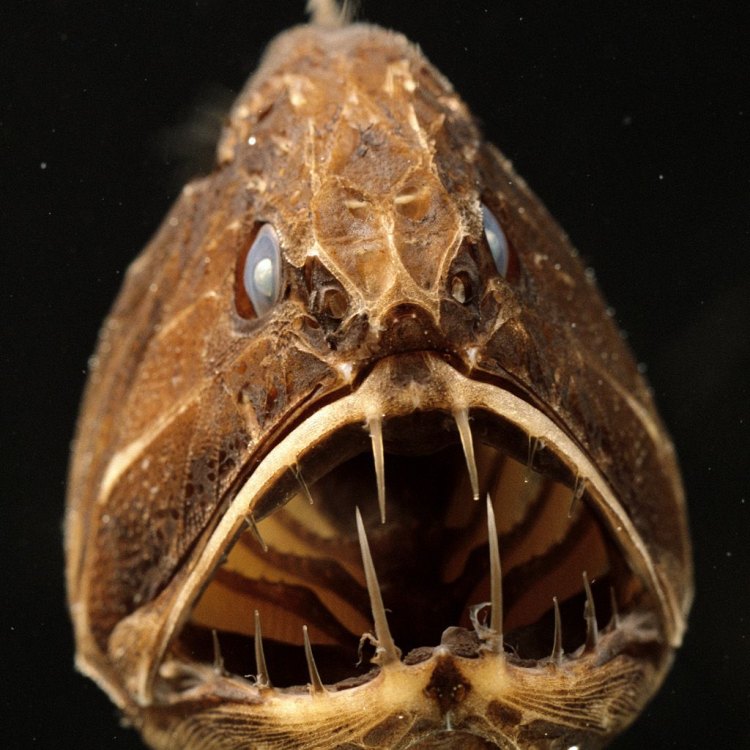
The Fierce and Fascinating Fangtooth Fish: Surviving in the Abyssal Depths
Disclaimer: The content provided is for informational purposes only. We cannot guarantee the accuracy of the information on this page 100%. All information provided here may change without prior notice.









